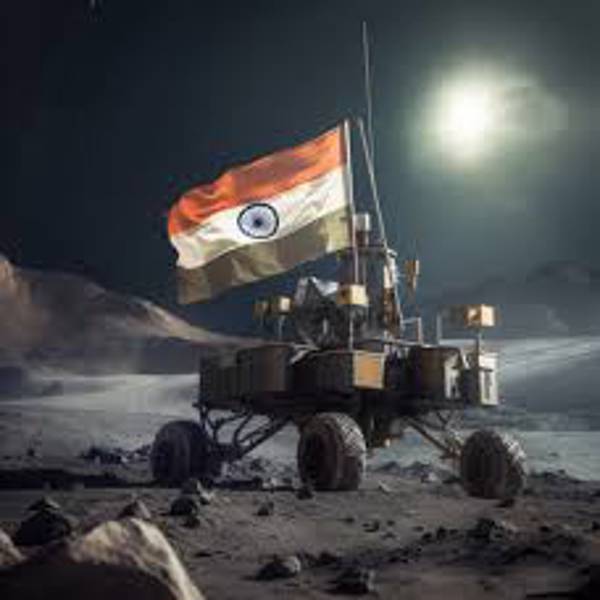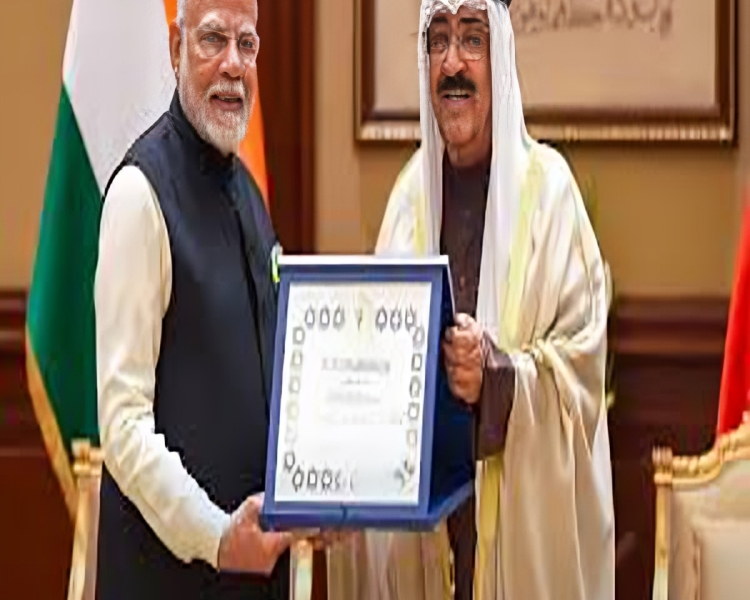Chandrayaan-3: India Becomes First Country to Land on Lunar South Pole
India has made history by becoming the first country to land a spacecraft on the lunar south pole. The Chandrayaan-3 lander, Vikram, touched down on the surface of the Moon on Wednesday evening, August 23, 2023.
The landing was a major success for the Indian Space Research Organisation (ISRO), which had previously failed to land a spacecraft on the Moon in 2019. The success of Chandrayaan-3 is a testament to the hard work and dedication of the ISRO team, and it is a major achievement for India’s space program.
The landing was particularly challenging because the lunar south pole is a region that is not well-lit by the Sun. This made it difficult for the Vikram lander to navigate and land safely. However, the ISRO team was able to overcome these challenges and successfully land the lander on the surface of the Moon.
The Chandrayaan-3 mission is a major step forward for India’s space exploration capabilities. It is a testament to the country’s growing capabilities in space exploration, and it will help India to further its scientific and technological prowess.
The landing of Vikram was preceded by a series of critical events, including the separation of the lander from the Chandrayaan-3 orbiter and the descent of the lander through the lunar atmosphere. The final leg of the landing was the most critical, as it involved the lander autonomously navigating to a safe landing site and firing its engines to slow its descent.
The ISRO was extra-cautious during this phase, as the Chandrayaan-2 mission had failed during the final 20 minutes before landing. The ISRO team used a variety of safety measures to ensure the success of the Chandrayaan-3 landing, including a backup landing site and a system that would allow the lander to abort the landing if necessary.
In the end, the ISRO team was successful in landing Vikram on the lunar south pole. The landing is a major achievement for India’s space program and a testament to the hard work and dedication of the ISRO team.
The lunar south pole is a region of particular interest to scientists because it is thought to be a potential source of water ice. Water ice could be used as a resource for future human exploration of the Moon, and it could also provide insights into the history of the Moon and the early Solar System.
The Chandrayaan-3 mission is a follow-on to the Chandrayaan-2 mission, which failed to land a lander on the Moon in 2019. The ISRO has learned from the lessons of Chandrayaan-2 and has taken steps to ensure the success of Chandrayaan-3.
The Chandrayaan-3 mission is a significant achievement in India’s space exploration history. It is a testament to the country’s growing capabilities in space exploration, and it will help India to further its scientific and technological prowess.
Also read :Chandrayaan-3: India prepares for historic moon landing
Here are some of the specific details that Chandrayaan-3 will study:
- The composition of the lunar soil and rocks.
- The presence of water ice and other substances that are easily vaporized.
- The geology and tectonics of the Moon’s crust and mantle.
- The lunar environment, including the radiation environment and the dust environment.
- The possibility of humans exploring the Moon in the future.



